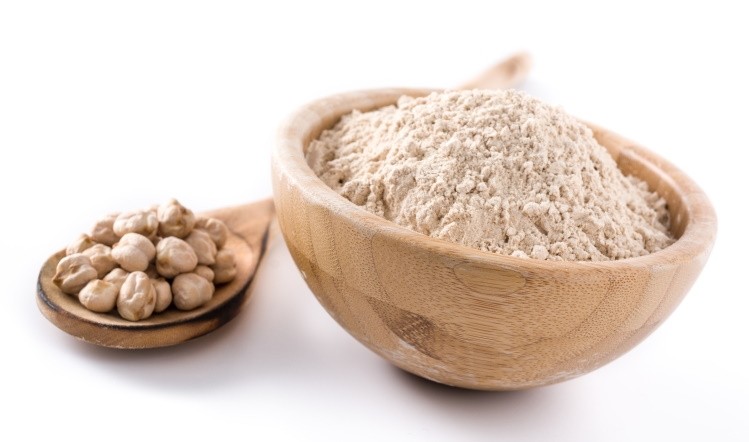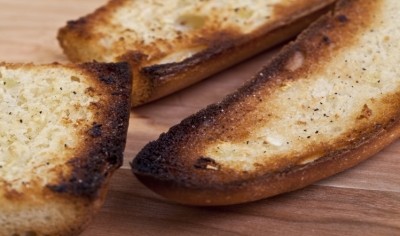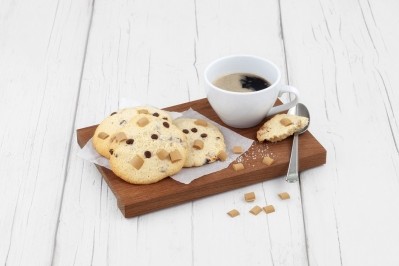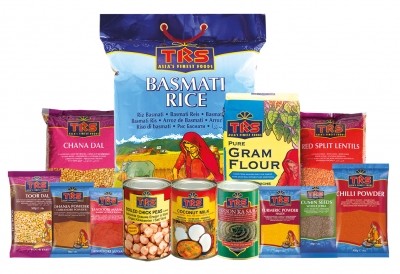New chickpea flour to reduce risk of type 2 diabetes

Developed using a novel milling and drying processes that makes starch more resistant to digestion, the new ingredient, PulseON, could help to control blood glucose levels.
Pulses such as chickpeas, peas, beans and lentils naturally contain high amounts a type of starch that is digested slowly and can avoid potentially damaging blood glucose spikes. However, most of this beneficial resistance is lost, rendering the starch highly digestible, when these crops are milled to flour and processed into a food product.
Similar to wholefoods
To counter this, the alternative milling process was developed to preserve the plant cell wall structures (dietary fibre) that surround the starch. This ‘Type 1’ resistant starch is the same as that found in wholefoods, but this new ingredient can be used in a form that potentially allows it to be incorporated into a wider range of foods.
A new study published in the journal Food Hydrocolloids found that the resistant property of the starch was retained during bread making and that people who ate bread rolls where some wheat flour was replaced by PulseON had 40% lower blood glucose responses on average.
The digestion of starch in each bread type was also studied in a laboratory using biochemical and microscopy techniques. These experiments showed that after 2 hours of digestion, the wheat starch had been digested, but the Type 1 resistant starch remained.
Resistant starch
Quadram claimed this confirmed that the lower glucose response to PulseON enriched breads was due to the resistant starch enclosed in the chickpea ingredient not being digested.
Commenting on research, Quadram’s Dr Cathrina Edwards said: “Incorporating our new type of flour into bread and other staple foods provides an opportunity to develop the next generation of low glycaemic food products to support public health measures to improve health through better diets.”
Participants in the tests also gave the breads made with the ingredient similar scores for texture and taste as white bread, while quality tests found that any effects on bread quality were subtle and most noticeable when large amounts of PulseON were used.















